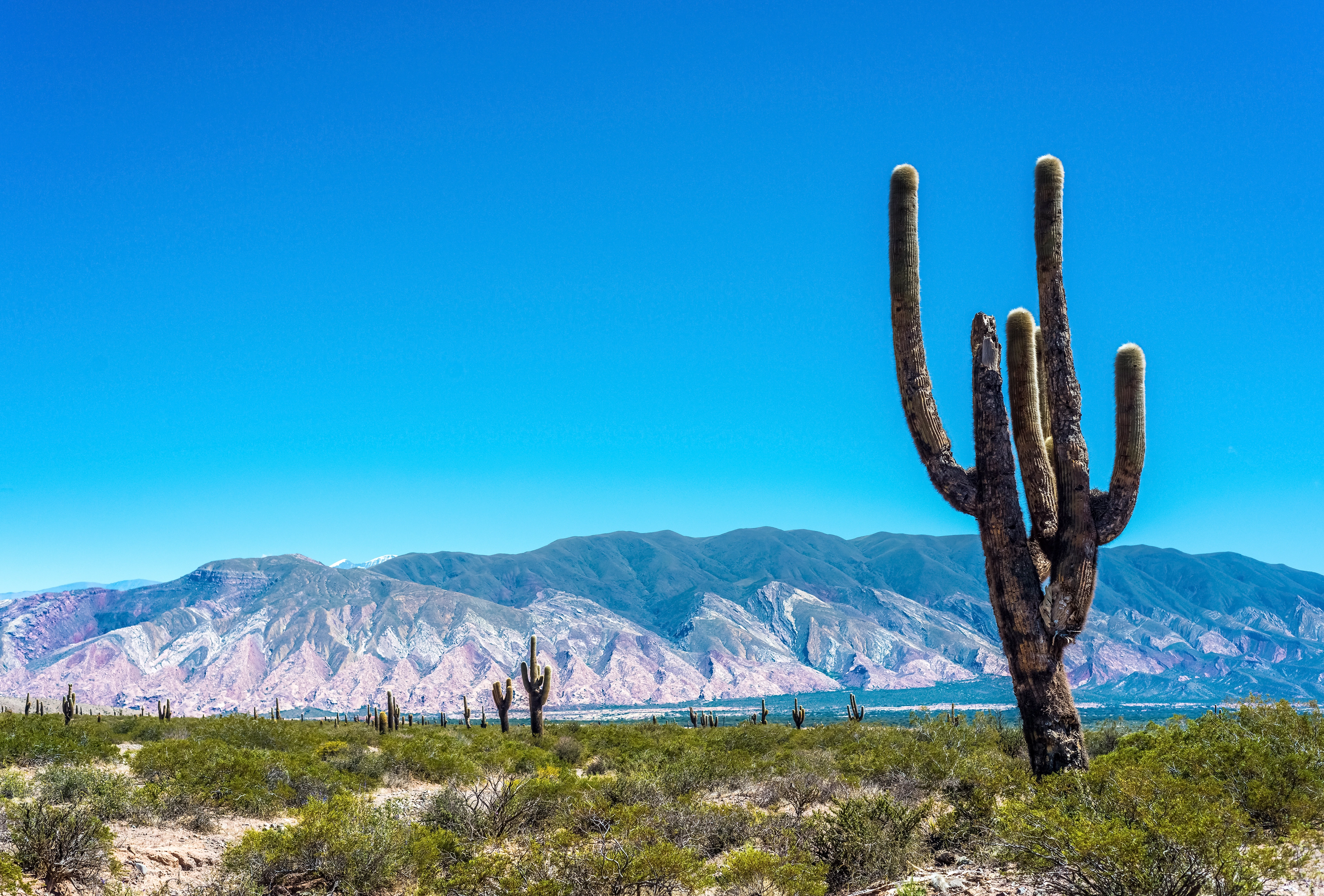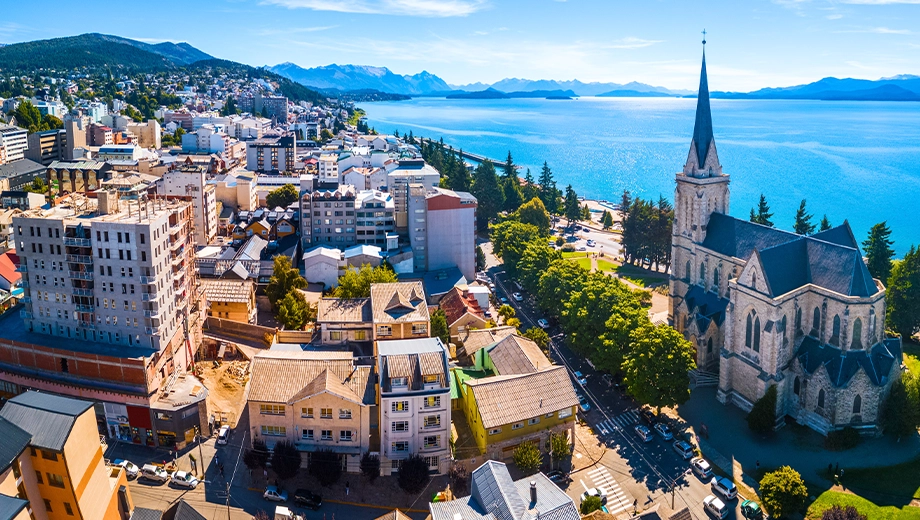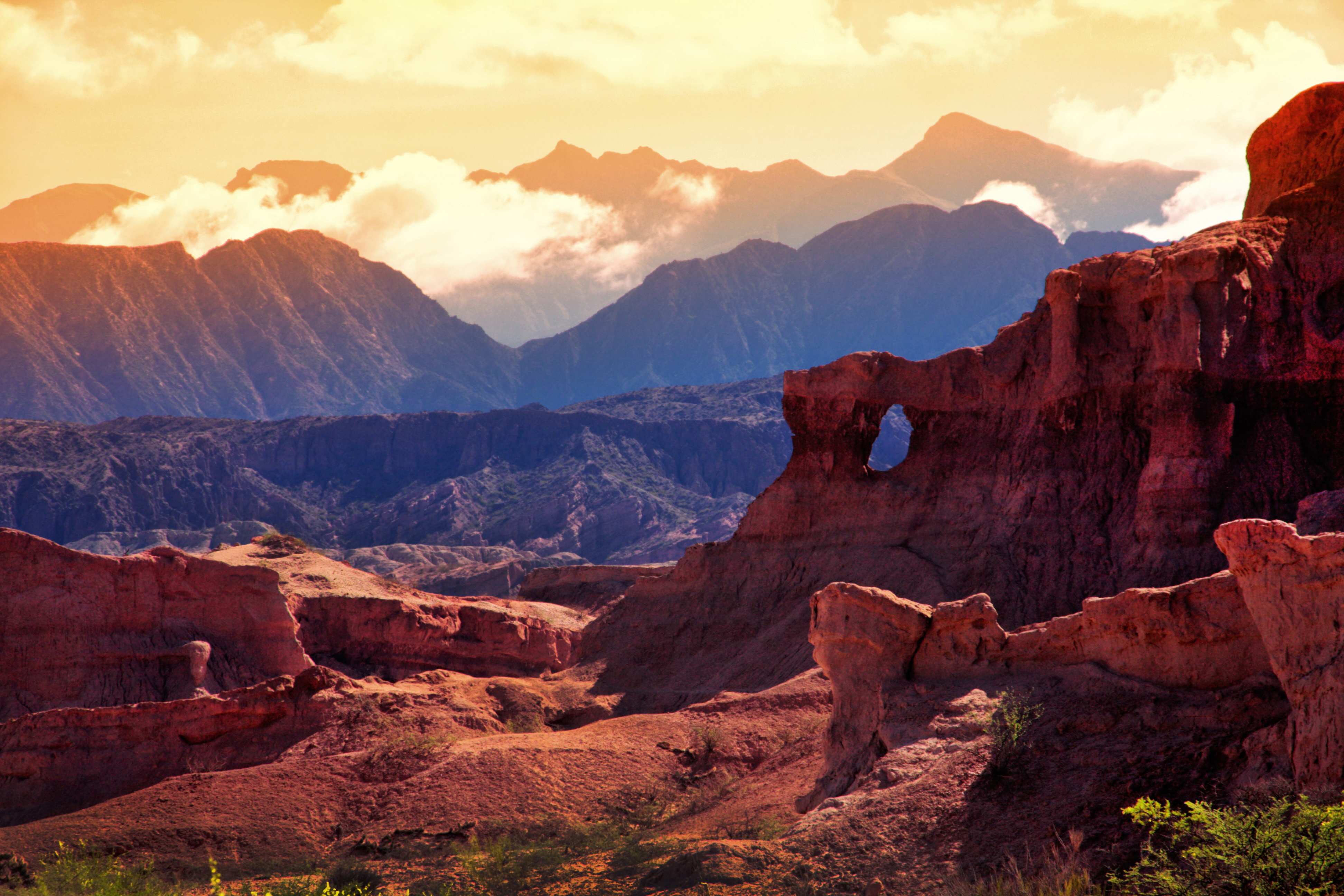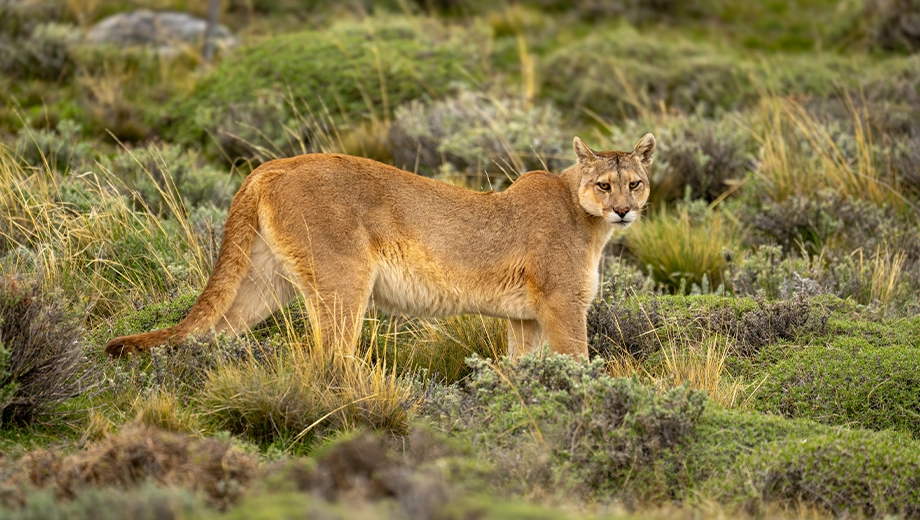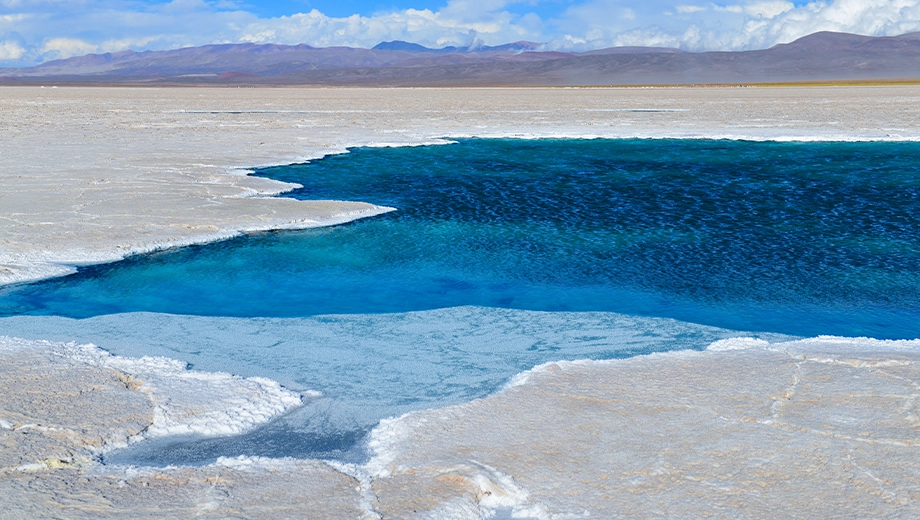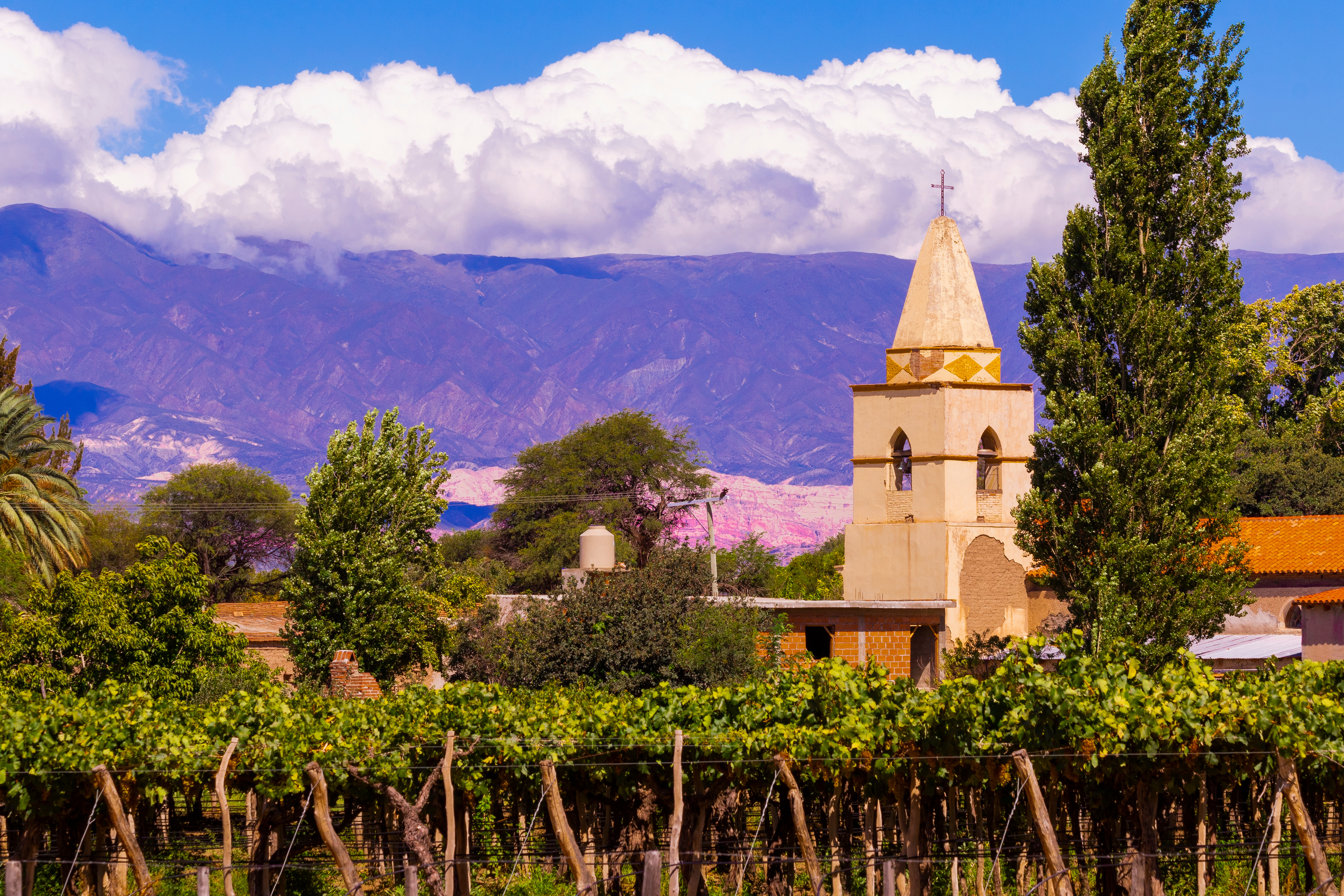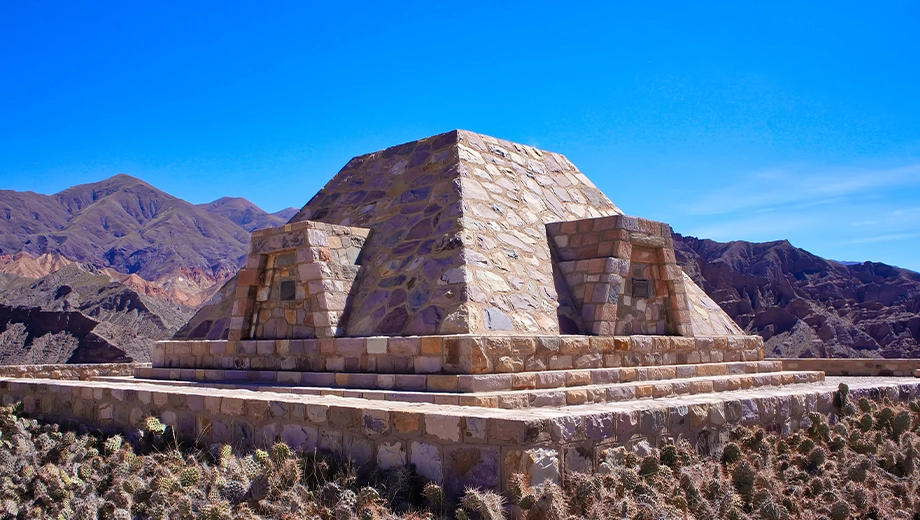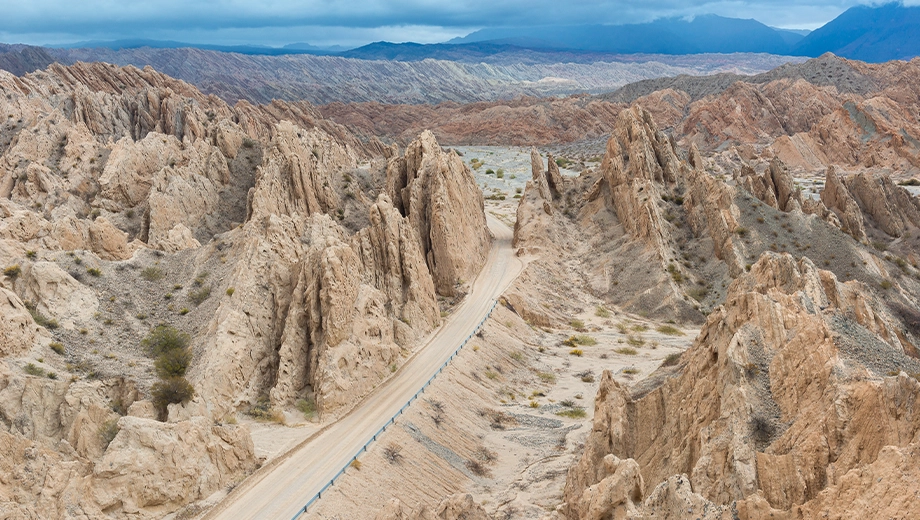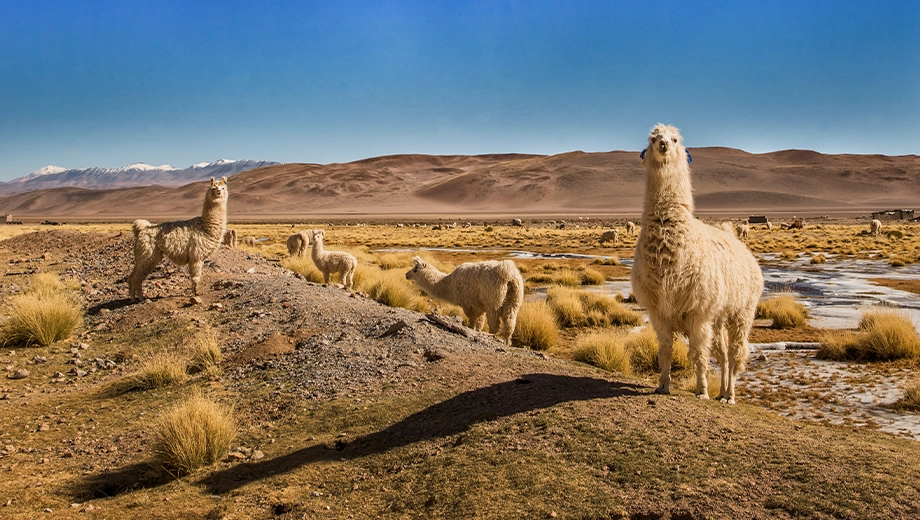Explore the Stunning Landscapes of Northwest Argentina: Mountains, Deserts & Red Rock Formations
The Northwest of Argentina is a vast and diverse region, offering an array of spectacular landscapes that contrast sharply with those of the southern parts of the country. Nestled against the dramatic Andes Mountains, the region is characterised by arid deserts, vast red rock formations, picturesque adobe villages, expansive salt flats, and serene lagoons stretching as far as the eye can see.
This fascinating area is rich in indigenous history, with several ancient ruins waiting to be explored. The culture remains deeply ingrained in the daily life of local communities, where the people are known for their warm hospitality. As you travel, you’ll discover the vibrant customs and traditions that have been passed down through generations.
Why Visit Salta & Northwest Argentina?
Salta, known as La Linda (The Beautiful), is the perfect gateway to exploring Northwest Argentina’s dramatic landscapes and rich culture. With its well-preserved colonial architecture, lively plazas, and exceptional gastronomy, Salta offers a unique blend of history and modern charm. From here, you can embark on unforgettable journeys, such as the famous Train to the Clouds, road trips along Quebrada de Humahuaca (a UNESCO World Heritage site), or wine tastings in Cafayate, home to some of Argentina’s finest high-altitude wines. Whether you're an adventure seeker, history enthusiast, or food and wine lover, Salta and the Northwest promise an unforgettable experience.

Argentina

-3 hours

Peso (ARS)

Cafayate Wineries
Best Time To Go
Salta and Northwest Argentina enjoy warm daytime temperatures all year round, with summer (November to March) highs averaging around 27°C (80°F). While summer nights remain pleasant, winter nights can be much cooler, sometimes dropping to 3°C (37°F).
If you’re planning a visit, be aware that heavy rainfall occurs between December and February, creating lush landscapes but also occasional travel disruptions. For those who prefer drier conditions, other times of the year may be more comfortable for exploring.
About Salta & Northwest Argentina
The capital of the region, Salta, is a charming city rich in history, heritage, and colonial architecture. Known for its well-preserved 18th-century buildings, Salta offers a blend of culture and modern comforts. The compact city centre is easy to explore on foot, featuring upmarket cafés, picturesque parks, and the breath-taking Salta Cathedral, one of the most stunning churches in Argentina.
Salta is the perfect base for exploring Northwest Argentina, with numerous attractions just a short journey away. While guided tours are available, hiring a car allows you to experience the region at your own pace, giving you the freedom to visit iconic destinations like Quebrada de Humahuaca, Cachi, and Cafayate’s renowned vineyards.
Top Things to Do in Salta & Northwest Argentina
- Explore Salinas Grandes (Salt Flats) – Walk across vast white salt flats, take stunning perspective photos, and browse handcrafted salt sculptures.
- Wine Tasting in Cafayate – Visit boutique bodegas, sample the region’s famous Torrontés white wine, and stay in vineyard resorts.
- Marvel at Devil’s Gorge (Garganta del Diablo) – Admire the towering red rock canyon and its millions of years of geological layers.
- Visit Cactus National Park in Salta: Cactus National Park in Salta is known for its towering cacti and desert landscapes, perfect for hiking and photography.
- Visit Tilcara – Experience local culture, artisan markets, traditional cuisine, and everyday life in this charming mountain town.
- Drive the Scenic Route 68 – One of Argentina’s most beautiful drives, featuring dramatic rock formations and breath-taking landscapes.
- Go Horse Riding in the Andes – Ride through stunning valleys and mountain trails with local guides.
- Trek in the Northwest Mountains – Hike through Quebrada de Humahuaca, Cachi, and other spectacular landscapes.
- Discover Museums & Art Galleries – Learn about indigenous history, colonial heritage, and local artistry in Salta and beyond.
- Try a Cooking Class – Master traditional Argentine dishes, including empanadas and regional stews.
- See the High-Altitude Saltwater Lagoons – Visit Laguna de los Pozuelos, home to flamingos and unique wildlife.
- Go Rock Climbing & Mountain Biking – Take on the rugged Northwest terrain with guided adventure tours.
- Fish in the Andes – Enjoy a peaceful day fly fishing in pristine mountain rivers.
History of the area
The Incan Empire in Salta & Northwest Argentina: History, Culture & Ruins
The Incan Empire expanded from the Titicaca region into what is now Northwest Argentina in the 12th century. Over the next few centuries, the Incas gradually spread south along the Andes mountain range, reaching as far as the region of Salta by the early 16th century. Known for their advanced farming techniques, the Incas cultivated the land and raised livestock. Their women were skilled in weaving and pottery, while their rich musical traditions continue to influence the region today, with wind instruments still in use.
The Incahuasi Ruins, near Salta City, are one of the most iconic remnants of Inca culture. Archaeologists believe these ruins were once a stronghold built under the rule of Inca Yupanqui, serving as a strategic fortification to maintain control over several indigenous tribes, including the Diaguitas, Atacamas, Humahuacas, Chiriguanos, and Lules.
The Origins of Salta: Incan and Indigenous Roots
The name Salta is believed to come from two possible sources: one theory suggests it derives from the Quechua word "sagta," meaning “a beautiful place to settle,” while another links it to the Sahta tribe, who lived in the valley when the Spanish arrived.
In 1498, forty-three years after Christopher Columbus arrived in South America, Spanish explorers seeking silver from Peru began settling in the Tucumán region (which includes modern-day Salta). They faced challenges from indigenous tribes, but by 1582, Hernando de Lerma established Ciudad de Lerma en el Salta, strategically located as a rest stop between Potosí, Peru, and the newly founded Buenos Aires. Despite its strategic importance, the settlement struggled due to constant conflict with the local tribes, who fiercely defended their land.
Highlights of Salta & Northwest Argentina
Experience the Natural Wonders & Cultural Heritage

